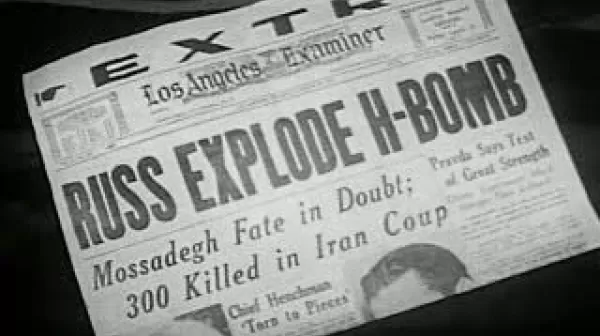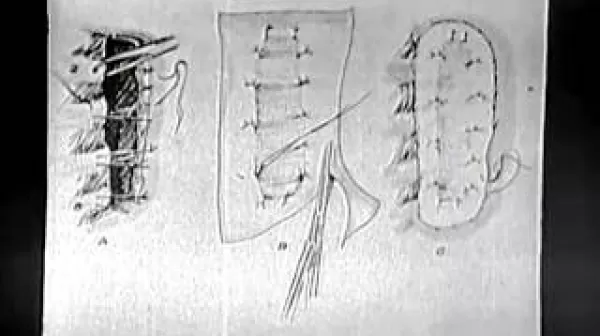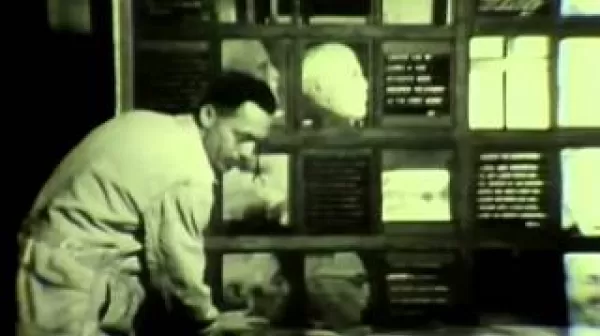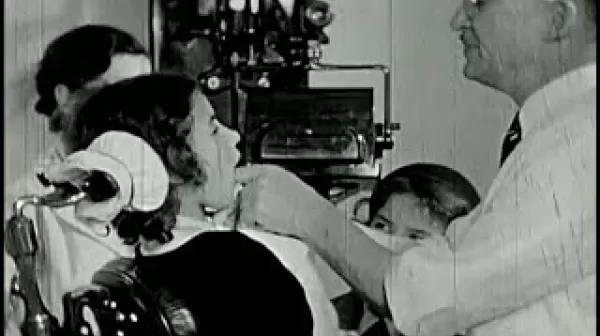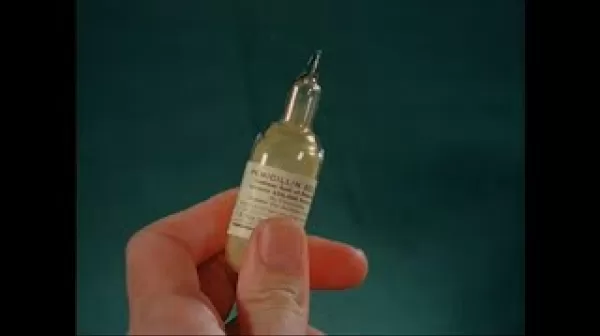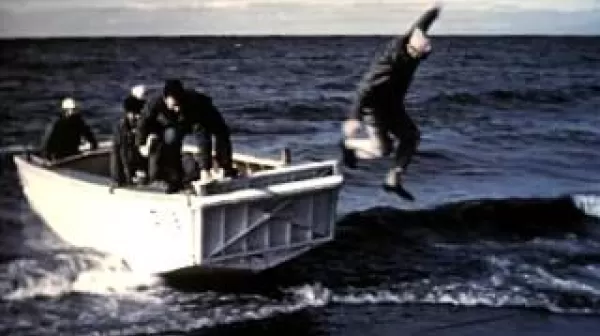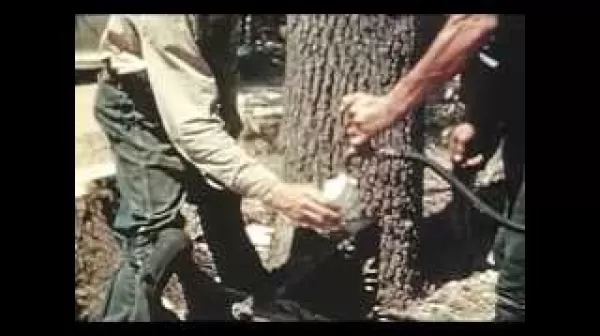Work of the Public Health Service (USPHS, 1936)
This film explains the history of the Public Health Service (PHS) beginning with the 1798 Act of Congress. Medical subjects include prevention of: smallpox, cholera, typhus fever, bubonic plague, yellow fever, trachoma, malaria, leprosy, and venereal disease. Prevention shown includes: maritime quarantine; insecticide spraying of people and baggage; health inspection of immigrants; rat extermination; inspection of drinking water on planes, trains, ships, and towns, especially during floods; and inspections of canneries and sea food.


